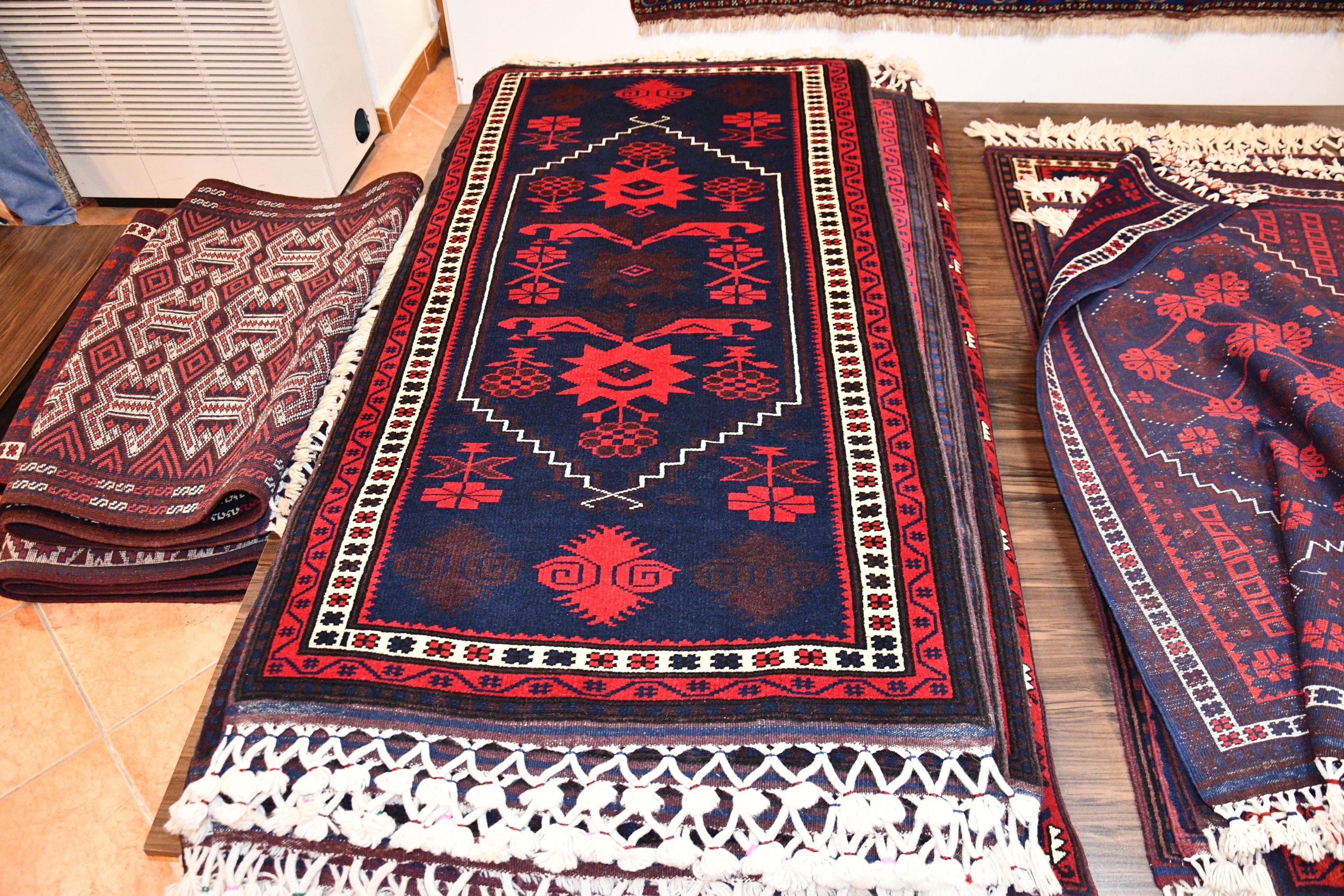© Turkuvaz Haberleşme ve Yayıncılık 2024
A garden will be created to grow plants from which botanical dyes can be obtained for the famous Yağcıbedir carpet, hand-woven by Yörüks, or nomadic Turks, in the Sındırgı district of western Balıkesir province.
The Yağcıbedir carpets, often a part of trousseaus, are works of art reflecting the customs and traditions of Yörük people. The carpets made from 100% sheep’s wool and decorated with unique motifs can maintain their durability for many years as each square centimeter is made up of 35 knots. Traditionally, mothers teach the craft of weaving these carpets to their daughters.

In the past, the natural colors of the Yağcıbedir carpets were obtained from plants. Balıkesir Metropolitan Municipality and Sındırgı Municipality will create a garden in order to keep this tradition alive.
In an interview with Anadolu Agency (AA), Sındırgı District Mayor Ekrem Yavaş said these special carpets, the weaving of which dates back approximately 3,500 years, belong to the Sındırgı Municipality.
Pointing out that they want to pass this culture on to future generations, Yavaş noted: “We want young people to know the story of this carpet and thus strengthen their sense of belonging. One should know what is in each pattern and dye of the carpet.”
Explaining that fewer people are engaged in the weaving of these carpets today, he said: “We currently have 150 looms weaving the Yağcıbedir carpets in Sındırgı. The thread must be made of wool to weave this carpet, and the dyes must be natural ones obtained from plant roots. We aim to preserve the Yağcıbedir carpets’ original features. Therefore, we should continue to produce this carpet with the madder plant, which we collect from the mountains. When we use chemical dyes, there is not much difference in terms of appearance in carpets. However, this carpet does not shine brighter with use, instead, its colors fade.”
Upholding tradition for posterity
Visiting villages where Yörüks live and weave carpets, such as Eşmedere, Eğridere, Alakır, Karakaya and Çakıllı, the district mayor stated that they have seen the weavers use chemical dyes in these regions, since preparing the natural dye and weaving with them is a difficult process.
“In order to improve this situation, we met with the Head of the Rural Services Department of Balıkesir Metropolitan Municipality and decided to establish a plant garden from where natural colors will be obtained in Sındırgı. In this garden, we will produce plant roots that people now find difficult to go and collect in nature. We will dry and then crush the products we have harvested, and we will give them to our people in the village. We will also establish a dyehouse to ensure that colors are produced in their true form with the roots of the garden,” Yavaş noted.
Emphasizing that the colors of the carpets will not fade but shine further even after years thanks to the natural dyes, he stated that the blooming gardens will also attract tourists to the area.
Underlining that the wool of the Yağcıbedir carpet is pure fleece, its dye is obtained from natural madder and its patterns are geographically marked, Yavaş said: “We will have a chance to keep alive every stage and story of our carpet in our district. Holidaymakers who come here will also have the opportunity to see each of these stages, photograph them and share them with others. In this way, we will make our people learn about our carpet. This is the first time such a thing will be done in Turkey. In fact, we carry the tradition into the future by keeping it alive. We would not let the Yağcıbedir carpet and its cultural value disappear. We care about transferring that culture.”
